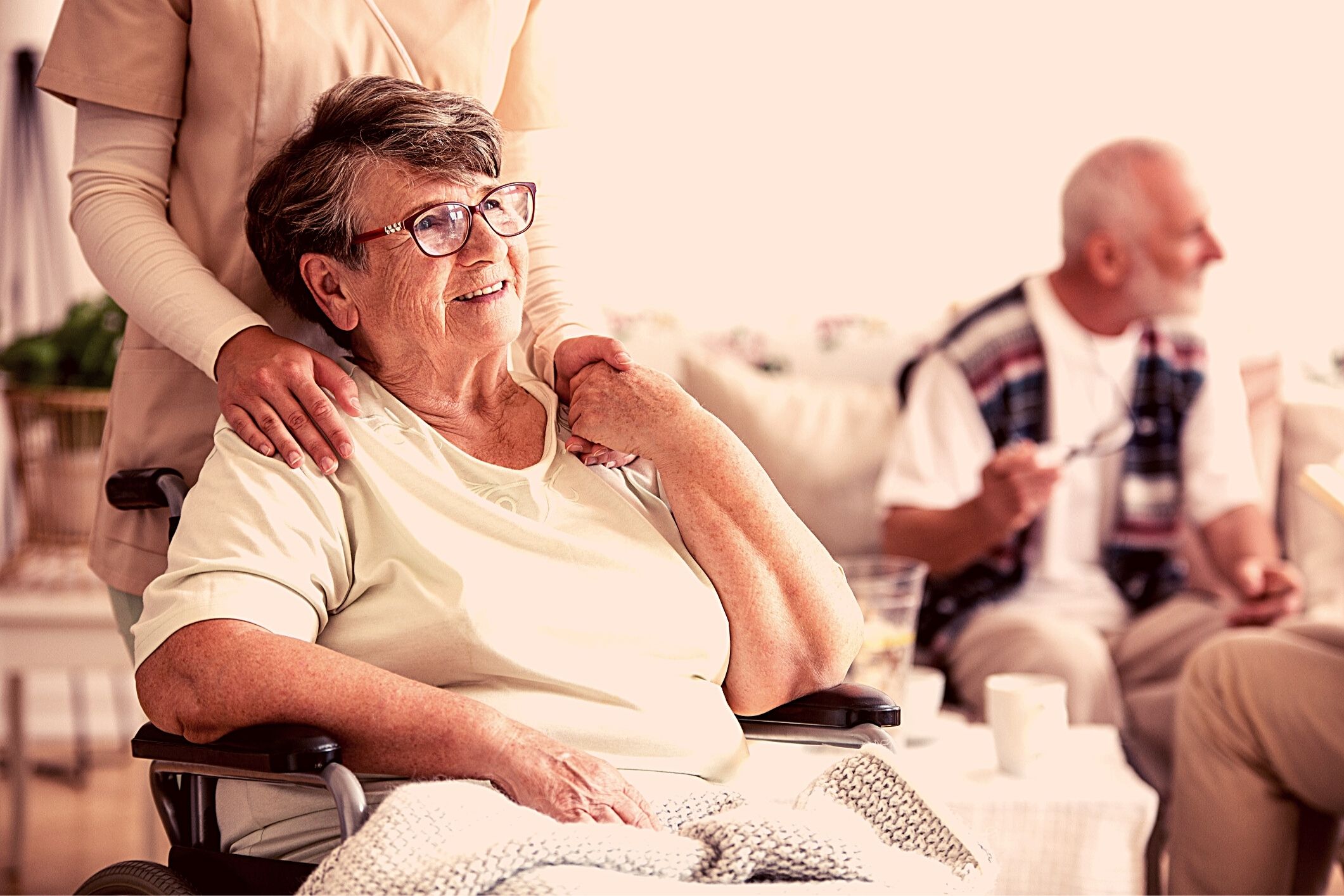
More than 60% of Australians over the age of 65 are currently living with multiple health conditions, many of which are both treatable and preventable by employing a healthy diet and regular exercise.
With the overwhelming majority of Australians hoping to forgo the need for residential aged care and grow old in their own homes, dietitian Jelica Vrkic reveals that food quality is one of the key ingredients for improving the quality of life for seniors and keeping people living at home for longer.
“Nutrition becomes increasingly important for people as they age, particularly in regards to combatting things like frailty and preventable disease,” said Ms Vrkic.
“Diet is particularly important for seniors managing diabetes.”
Although diabetes affects 1.8 million Australians, the prevalence of this disease increases steadily with age and peaks in people aged 85 and older.
Diabetes affects the body’s ability to produce insulin, which then inhibits the regulation of sugar levels within the bloodstream. This can result in blood sugar (glucose) levels being too high or too low, which can result in heart attack, heart failure, stroke, kidney failure and a coma.
Foods that are classified as low GI (low glycaemic indexes) break down more slowly in the body than other foods, making them less likely to cause rapid spikes in blood sugar levels and an easier food option for those trying to regulate glucose.
Seniors that are diabetic or pre-diabetic often have their food choices limited for a variety of reasons, the most common of which is an inability to prepare food for themselves.
However, a new range of delicious, home-delivered meals is ensuring the low GI meals are affordable and readily available to seniors that are ageing in place.
Good meals, good feels and good deals
For more than 20 years, The Good Meal Co has delivered restaurant-quality meals to Australian supermarkets, healthcare professionals and hospitals.
As a registered NDIS Meal Provider, The Good Meal Co has also become a highly valued resource for seniors and people living with disability, who are looking to maintain healthy eating habits as they continue to live at home.
With the release of a new range low Gi certified meals, The Good Meal Co is proud to offer a variety of delicious dining options that are ideal for people living with diabetes or those who are simply looking to manage their weight.

“By modifying the sources of carbohydrates within the meal, they have been able to reduce the glycaemic index within the meals, while still maintaining flavour of some of their most popular meals,” explained Ms Vrkic.
Butter chicken and rice, roast beef with vegetables and Shepherd’s pie are just some of the delicious low GI meals that are now available.
Each meal is Australian-made courtesy of The Good Meal Co kitchen, which is located in Emu Plains, NSW. Meals also come with a 3.5-star health rating and are delivered on a weekly basis to more than 5,000 suburbs across the country.
The price of a meal from The Good Meal Co’s new low GI range is significantly less than the average amount that Australians spend on food in their homes.
While NDIS and Home Care Package participants can enjoy unbelievable savings once subsidies have been applied, in some cases, customers may only be paying between $1.50 and $2 per meal.
“Older people may lose interest in food or have a decreased appetite for a number of reasons, which is why having access to healthy meals that are delicious and affordable becomes so important to wellbeing,” said Ms Vrkic.
“Healthy eating is healthy living. People are living longer, but good food will help to ensure that they are also living better as they age.”
To find out more about The Good Meal Co’s low GI range of ready-made meals, click here or visit https://goodmeal.com.au/pages/low-gi-meals for more information.
I wish this article would clarify that they are referring to Type 2 Diabetes, which is managed with diet and exercise (rather than Type 1 Diabetes which is managed with insulin).
“Diabetes” is not a catchall term, and I quite wish the powers that be would change the name “Type 1” to something else so it is less confusing, particularly for health professionals.
There are distinct differences between the two diseases and articles which fail to specify this difference directly add to misinformation about Type 1 Diabetics and Diabetes, particularly within the nursing field professionals, who may not encounter as many Type 1 Diabetics in their career – but when they do, results can be catastrophic, even deadly, if they were to treat a Type 1 in the same manner as they would a Type 2.
Please clarify in future articles which “diabetes” you are referring to.
Thank you for your comments.
The article is a feature on the Low GI meals and how they relate to Diabetes.
The Glycaemic Index or GI ranks carbohydrates according to their effects on blood glucose levels. The lower the GI, the slower the rise in blood glucose levels.
People with Diabetes are encouraged to consume high fibre foods that also have a Low GI. This recommendation is made for all types of Diabetes. Diabetes Australia has some great resources on GI and Diabetes that are readily available on their website: https://www.diabetesaustralia.com.au/.